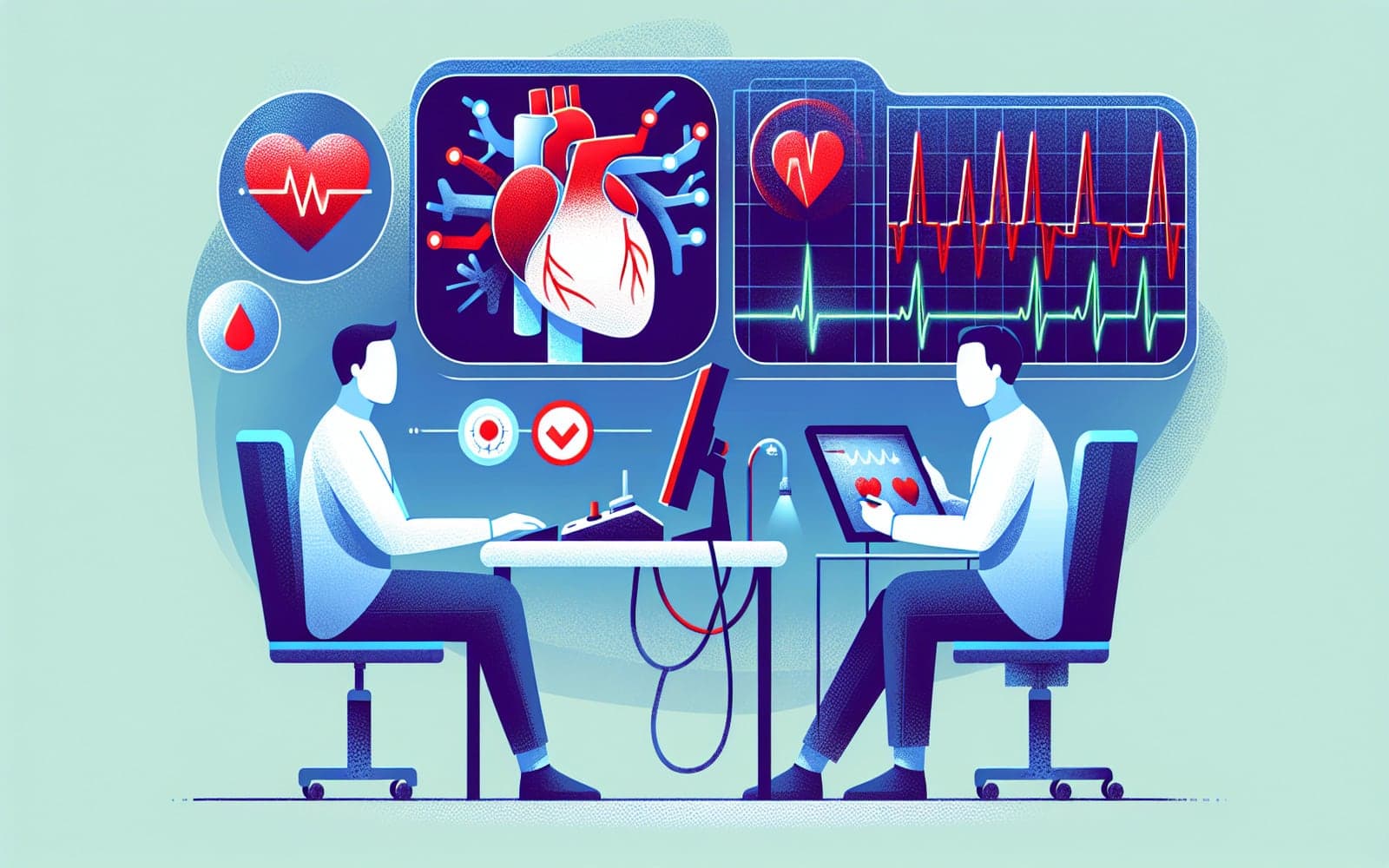Exploring Cardiac Stress Testing Procedures: What to Expect
Published: Jun 30, 2024
If your doctor has recommended a cardiac stress test, you might be wondering what it involves. Let's explore what happens during these tests and what you need to know.
Contents
The Basics of Cardiac Stress Testing
Cardiac stress tests measure how your heart performs under stress, usually induced by exercise or medication. These tests help doctors assess the risk of heart disease and monitor existing conditions. During the test, you'll either walk on a treadmill or receive medication that mimics the effects of exercise, while your heart rate, blood pressure, and ECG are monitored.
Types of Stress Tests
The two main types of stress tests are exercise stress tests and pharmacologic stress tests. Exercise tests are ideal for those who can walk or run, while pharmacologic tests are for those who cannot exert themselves. Both aim to provide valuable insights into heart health.

Preparing for a Stress Test
Before your test, your doctor may advise you to avoid certain foods, drinks, and medications. It's essential to follow these instructions to ensure accurate results. Wear comfortable clothing and let your doctor know about any symptoms or concerns you have before the test.
Frequently Asked Questions
It's a test to evaluate heart performance under stress.
They measure heart function while you exercise or take medication.
Those at risk of heart disease or with symptoms should have one.
Avoid certain foods and medications as advised by your doctor.
Key Takeaways
Understanding what to expect during a cardiac stress test can help you feel more prepared and confident.
Discuss your upcoming stress test with Doctronic to ensure you're ready!Related Articles
References
Pellikka PA, Nagueh SF, Elhendy AA, et al. American Society of Echocardiography recommendations for performance, interpretation, and application of stress echocardiography.
Miller TD. Exercise treadmill test: estimating cardiovascular prognosis.
Always discuss health information with your healthcare provider.

